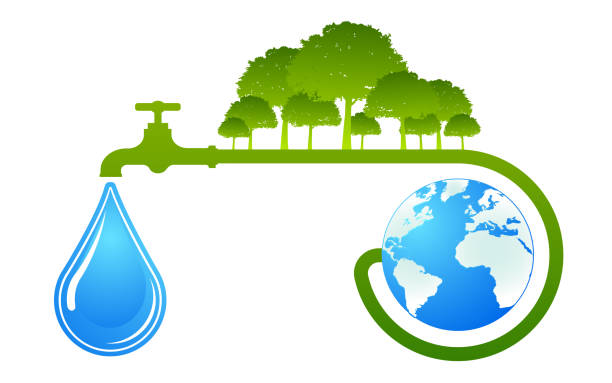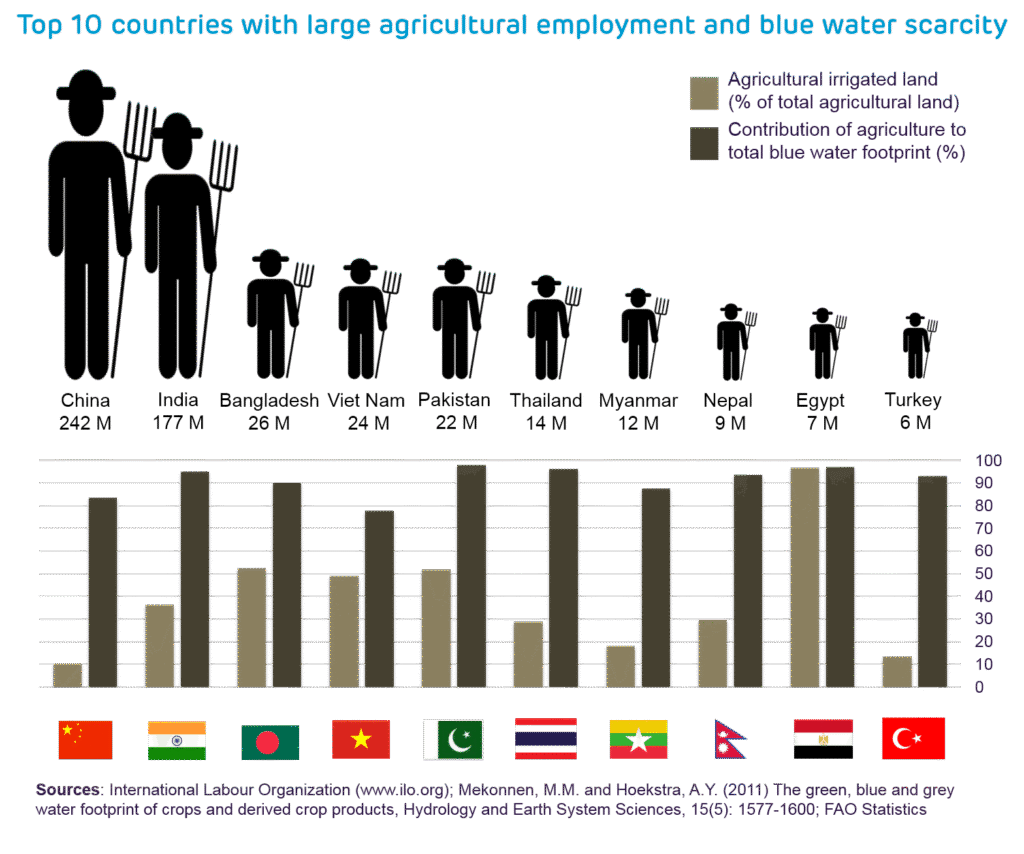Discover how innovative technologies are redefining the global water footprint. Learn how your business can adapt sustainable water practices for a smarter, greener future.

Introduction: Why Water Footprint Matters in 2025
In an era where climate change and resource scarcity dominate global discourse, the global water footprint is under a fresh lens. Water is not just a basic need—it’s a critical factor for industries, agriculture, and urban development. Yet, many organisations remain unaware of their true water consumption and its environmental impact.
At Scalex Technology, we believe that digital transformation and sustainability go hand-in-hand. With smarter tools and analytics, UK businesses can now measure, reduce, and optimise their water usage like never before.
What Is the Global Water Footprint?
The water footprint refers to the total volume of freshwater used—directly and indirectly—by individuals, communities, or businesses. This includes:
- Blue water: Surface and groundwater (e.g., irrigation or manufacturing).
- Green water: Rainwater stored in soil (e.g., crop growth).
- Grey water: Water polluted during production (requiring treatment).
The global water footprint combines all of these to reveal the overall pressure we place on water resources.
The Refresh: What’s Changed in 2025?
1. Data-Driven Monitoring
Advanced IoT sensors and AI-powered dashboards now allow real-time water usage tracking across industrial systems and smart cities. These tools help identify waste points, leaks, and inefficiencies within seconds.
2. Cloud-Based Water Management Systems
Cloud integration means water data can be centrally monitored and analysed. These systems allow for scalable water-saving solutions across multiple sites, essential for enterprises looking to reduce their environmental footprint.
3. Predictive Analytics & Sustainability Metrics
Using machine learning, organisations can now forecast future water usage trends and set achievable sustainability goals based on accurate modelling.
4. Circular Water Solutions
Water recycling and reuse technologies are being adopted by industries—from agriculture to data centres. This shift is helping reduce dependence on freshwater sources and enhancing corporate sustainability.

UK Businesses: Why You Should Care
The UK government is tightening regulations around corporate water reporting and environmental impact disclosures. With ESG (Environmental, Social, and Governance) standards becoming central to investment decisions, a company’s water footprint is more than just an environmental concern—it’s a financial and reputational one.
Incorporating sustainable water strategies can help businesses:
- Save costs through efficient usage
- Improve ESG ratings
- Comply with regulations like SECR and TCFD
- Appeal to eco-conscious consumers and investors
How Scalex Technology Supports Sustainable Innovation
At Scalex Technology, we empower UK enterprises with the tools and technologies needed to minimise their water and carbon footprint. Our solutions include:
- Custom-built water analytics platforms
- End-to-end IoT integration for utility monitoring
- Consulting services on digital sustainability transformation
- Cloud migration strategies that reduce both energy and water use
We believe that technology is not just about efficiency—it’s about responsibility. By refreshing your view on water usage, you help shape a more resilient and greener future.
Final Thoughts
The global water footprint is no longer just a concept for environmentalists. It’s a tangible metric that businesses must take seriously to remain competitive and compliant in today’s digital-first, eco-conscious world. As the water crisis intensifies, the question isn’t whether to act—but how fast you can adapt.
